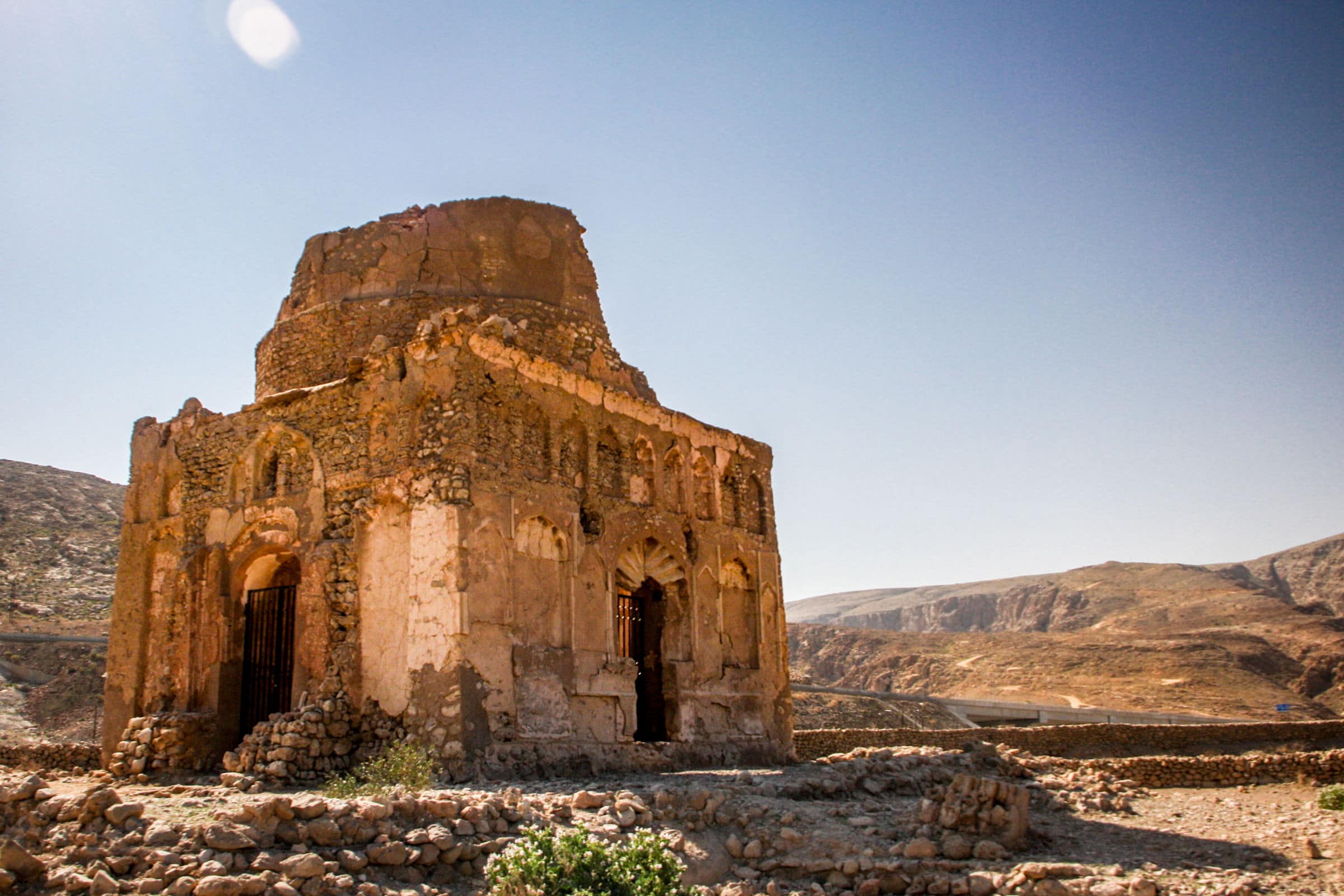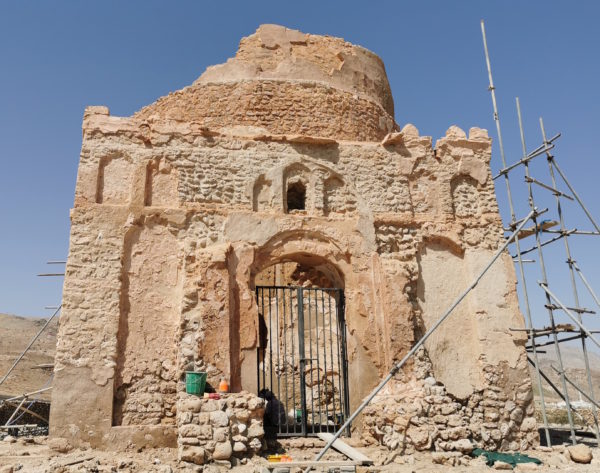Introduction
Nestled within the ancient city of Qalhat, a UNESCO World Heritage Site in Oman, the Bibi Maryam Mausoleum is a stunning relic of the 14th century. It serves as a testament to Qalhat’s prominence as a hub of trade and culture along the Indian Ocean maritime routes.

Architectural Masterpiece
The mausoleum is renowned for its intricate brickwork and captivating geometric patterns, which reflect a harmonious blend of Arabian, Persian, and regional architectural influences. Although its iconic blue dome no longer stands, the remnants still showcase the artistic ingenuity of the medieval Islamic world.

Historical Significance
Believed to honor Bibi Maryam, the wife of Qalhat’s ruler, the mausoleum’s origins are intertwined with the city’s golden age. As one of the few surviving structures from this period, it offers valuable insights into the cultural and economic exchanges that shaped Oman’s history.

Maritime Legacy
The Bibi Maryam Mausoleum is more than just an architectural marvel; it symbolizes Qalhat’s critical role in the Indian Ocean trade network. Its presence underscores the city’s historical importance as a center of prosperity and cultural interaction.

Modern Relevance
Today, the mausoleum remains a focal point for historians and travelers seeking to explore Oman’s rich heritage. Surrounded by the ruins of Qalhat, it invites visitors to delve into stories of trade, devotion, and architectural brilliance that once defined this ancient port city.

Conclusion
The Bibi Maryam Mausoleum stands as a timeless jewel, encapsulating the legacy of Qalhat and its contributions to Islamic architecture and maritime history. Its enduring allure continues to inspire admiration and curiosity, making it a must-visit destination in Oman.

